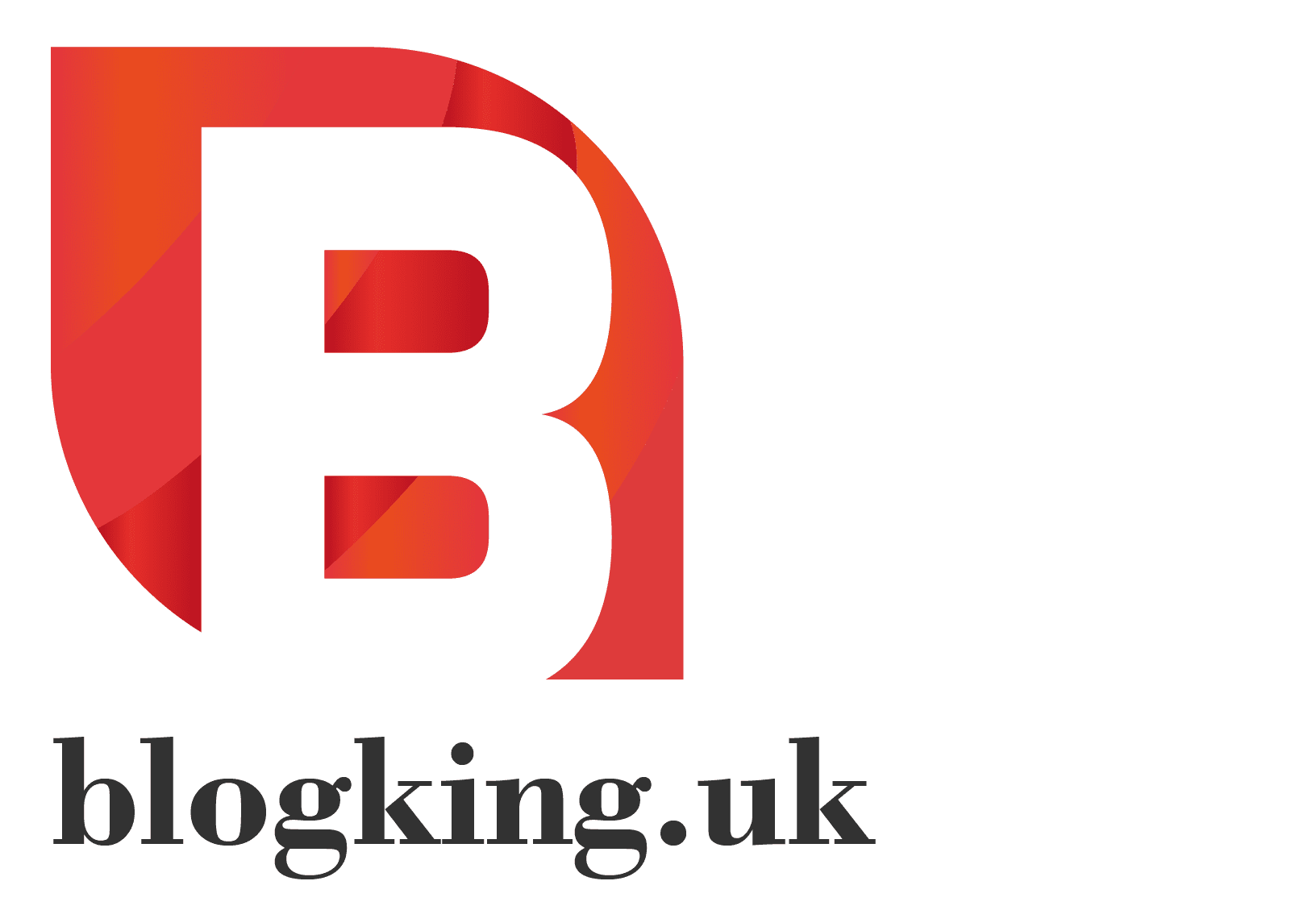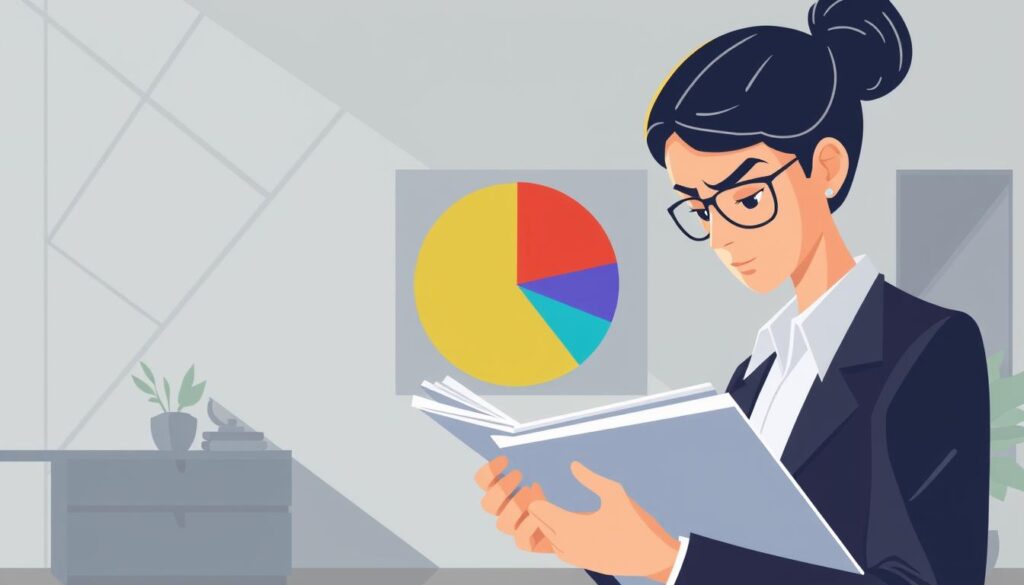Managing your business debt well is key to keeping your business growing. Debt can help your business expand, but bad management can cause big financial problems. This article will show you how to manage your debt effectively.
This will improve your financial health, keep your business stable, and help it grow in the long run. By learning about managing business debt, you can use the best methods to keep your business running smoothly.
Table of Contents
Key Takeaways
- Understanding the definition and implications of business debt is important.
- Doing a financial check helps spot areas for improvement.
- Sorting out debts first can make payments easier.
- Good cash flow management helps meet your financial duties.
- Looking into professional debt restructuring services can offer relief.
- Government support can help solve financial issues.
Understanding Business Debt
Every entrepreneur needs to understand business debt to achieve stability and growth. Business debt is money borrowed that must be paid back. This includes loans, credit lines, and credit card balances. Knowing the different types of business debt helps manage financial obligations.
Definition and Types of Business Debt
Business debt falls into several categories, each with its own impact. Here are some common types:
- Secured vs Unsecured Debt: Secured debt uses collateral, while unsecured debt doesn’t.
- Short-term vs Long-term Debt: Short-term debt is repaid in a year or less. Long-term debt takes more than a year to pay off.
- Operational Debt vs Debt for Asset Purchases: Operational debt covers daily costs. Debt for asset purchases is for long-term investments.
Implications of Business Debt
Knowing the effects of business debt is key to making smart choices. It can help grow your business but can also be risky if not managed well. Bad debt management can cause financial trouble, harming cash flow and your business’s future.
Being aware of the different debts and their effects helps you manage them better. This knowledge is essential for keeping your business financially healthy.
Conducting a Comprehensive Financial Assessment
Before tackling business debt, a detailed financial check is key. This check should look at three main areas: cash flow, debt, and profit. Knowing these helps make smart choices.
Cash Flow Analysis
A cash flow analysis shows how money moves in and out of your business. It spots when you have more or less money. This is vital to keep your business running smoothly and pay debts on time.
Debt Inventory
Listing all your debts is a must for good management. Note down each debt’s interest rate, repayment plan, and total amount owed. This list helps you see what you owe and plan which debts to tackle first.
Profitability Analysis
Looking at your profits helps find out what’s working well and what’s not. It shows which parts of your business make more money. This info helps keep more cash in your business, aiding in debt management.
Prioritising and Consolidating Debt
Managing your debts well needs a smart plan, focusing on high-interest ones first. This way, you tackle the most expensive debts early. It helps avoid bigger financial problems later.
By concentrating on high-interest loans, you cut down on the interest you pay. This is key to good debt repayment strategies.
Identifying High-Interest Debts
First, list all your debts and their interest rates. Spotting high-interest debts is vital for a focused repayment plan. For example, credit card debts usually have higher rates than other loans.
By focusing on these, you can reach financial stability faster.
Debt Consolidation Solutions Overview
Debt consolidation is a smart way to handle many high-interest debts. It combines them into one loan with a lower rate. This makes payments easier and can improve your money flow.
But, think carefully before choosing debt consolidation. Consider the total interest, any fees, and how it might affect your credit score.
Many businesses find relief with debt repayment strategies. These plans help improve your financial health and strength over time.
Managing Cash Flow Effectively
Managing cash flow well is key to keeping your business running smoothly. It’s important to send out invoices on time. This helps you get paid quickly, keeping your finances healthy.
Importance of Timely Invoicing
Quick invoicing helps avoid cash flow problems. It sets clear payment expectations and keeps your cash flowing. An efficient invoicing system is essential.
Using automated invoicing tools saves time and avoids delays. It’s also important to follow up on late payments to get them on time.
Negotiating Payment Terms with Suppliers
Getting good payment terms from suppliers is also critical. Clear payment agreements help manage your expenses better. You can negotiate longer payment times or early payment discounts.
This can ease your cash flow burden. For more on managing your finances, check out different business budget types.
Exploring Debt Repayment Strategies
Managing business debt well needs a solid plan. Looking into different ways to pay off debt can lead to financial stability. A clear plan helps you meet your payments without harming your business.
Setting Up a Payment Plan
Creating a payment plan helps you manage your money better. It ensures you pay for what you need on time. This way, you avoid spending too much.
Only 54% of small businesses have a budget. So, keeping track of your finances is key to success. It’s also wise to have a backup plan for unexpected costs. You might find budgeting tips helpful in managing your money.
Using Surplus Cash Wisely
Smart use of extra cash can help with debt. You could invest in your business or pay off debt. Both options can ease financial stress over time.
Watching your spending and past expenses helps set achievable goals. Simple, flexible plans can adjust to changing costs and needs. This makes managing your finances more effective.
Utilising Debt Restructuring Services
For businesses in trouble, using debt restructuring services is key to getting back on track. Knowing when to look into debt restructuring is essential for keeping the business running. It helps reorganise debts into easier-to-handle terms, boosting cash flow and easing repayment worries.
When to Consider Debt Restructuring
A business should think about restructuring debts when it can’t meet its payments or shows signs of going under. Signs include ongoing cash flow problems, rising debt, or trouble paying suppliers on time. This step can prevent worse outcomes like bankruptcy, opening the door to recovery and growth.
Benefits of Working with Professionals
Getting professional help in debt restructuring can make a big difference. Experts can handle talks with creditors, making sure deals fit your financial situation. They also bring access to tools and strategies that might be out of reach for those facing financial hurdles alone.
Leveraging Business Debt Relief Programs
When money is tight, looking into business debt relief can really help. The UK government has many resources to support struggling businesses. These include grants, loans, and other financial aids that match your needs.
Understanding Government Support Options
First, you need to know what help is out there. There are programmes that can give you quick relief and help with cash flow. Learning about these options can help you find the best support for your business.
For example, some grants don’t need to be paid back. Loans might have terms that make it easier to recover financially.
Criteria for Eligibility for Business Debt Relief
Before you apply for help, it’s important to know what you need to qualify. Each programme has its own rules, based on things like your business size and financial situation. If you meet these criteria, you’re more likely to get the support you need.
Knowing what these requirements are is key to successfully applying for help.
Managing Business Debt Effectively
Managing business debt well means being proactive and always checking your finances. It’s key to keep track of how your business is doing. You also need to be ready to change your plans when money matters change.
Having good debt recovery plans is very important. These plans help you deal with debts and make sure you can pay for everything you need. This helps your business stay strong and healthy in the long run.
Try using zero-based budgeting, as talked about in business debt management discussions. It helps you use your resources better. Having a financial safety net lets you focus on important projects and handle surprises.
It’s important to keep checking and changing your debt management plans as needed. Regular checks help you see if your plans are working. They also show you how to get even better. In the end, managing business debt well can lead to lasting growth and success.
Conclusion
Managing business debt well means checking your finances, setting priorities, and making a solid plan to pay back. This way, your business can grow and become stronger. Getting help from financial experts can also make your strategy better, helping your business succeed.
Being proactive is key to keeping your finances healthy. This approach not only reduces stress but also prepares your business for the future. The main idea is to manage your finances well and always look for ways to improve.
To keep your finances in check, look into effective debt management techniques. Good planning and action are the base for handling business debt well. They help you avoid risks and grab chances for success.
FAQ
What is business debt?
Business debt is money borrowed that needs to be paid back. This includes loans, credit lines, and credit card balances. It can be short-term or long-term, and secured or unsecured.
How can I assess my business’s financial situation before managing debt?
First, do a Cash Flow Analysis. Then, list all debts and their terms in a Debt Inventory. Lastly, check your Profitability Analysis to see what’s working well. This will help you plan how to manage your debt.
What are some effective debt repayment strategies?
Focus on paying off debts with high interest rates first. Look into debt consolidation. Create a payment plan and use extra money to pay off debt or invest in your business.
How does debt consolidation work?
Debt consolidation merges several high-interest loans into one with a lower rate. This makes payments easier and can reduce your financial burden.
What is debt restructuring, and when should I consider it?
Debt restructuring changes your debt to improve cash flow and make payments more manageable. Consider it if your business is struggling or at risk of bankruptcy.
Are there business debt relief programmes available in the UK?
Yes, the UK government has grants and support loans for businesses. These can help with financial burdens. Make sure you meet the eligibility criteria to get this help.
How can I effectively manage cash flow to alleviate debt?
Improve cash flow by sending invoices on time and chasing overdue payments. Also, try to get better payment terms from suppliers. This keeps your cash flow healthy and prevents more debt.
What should I do if I’m unable to pay back my debts?
If you’re struggling, look into debt settlement or restructuring services. Also, check if you qualify for business debt relief programmes. This could help you find a way out of debt.
How can I create a debt recovery plan?
Begin by listing all debts and their repayment terms. Then, make a clear repayment plan that covers all expenses. Keep reviewing and adjusting this plan as your business changes.








